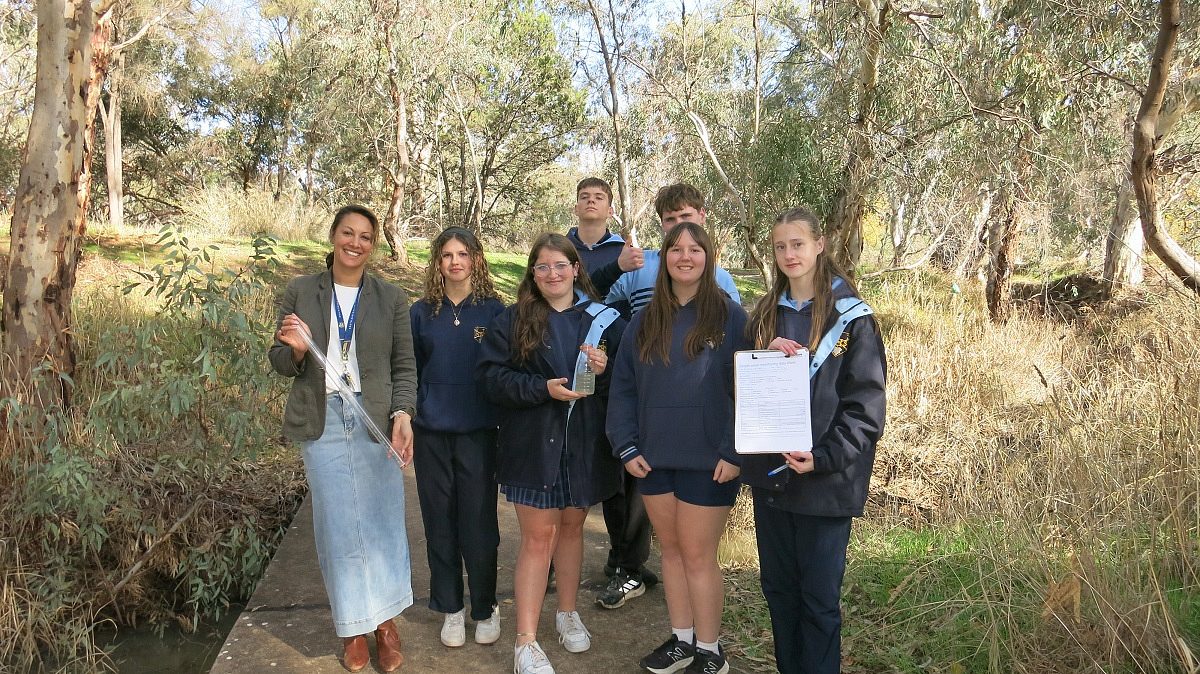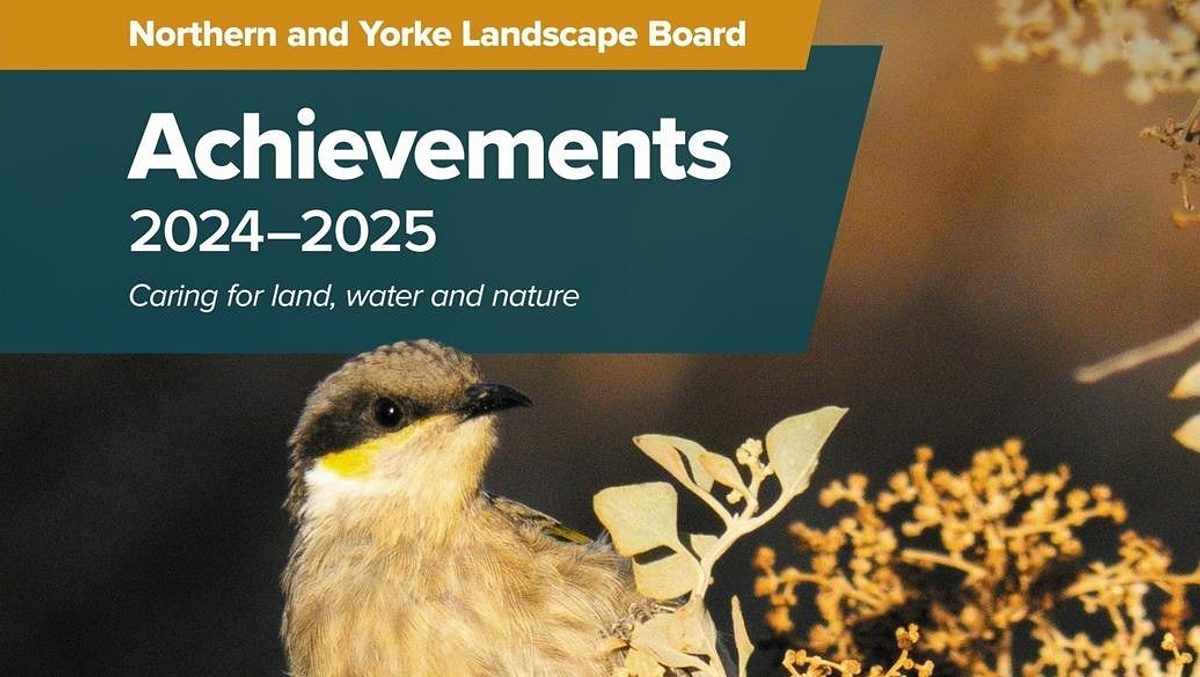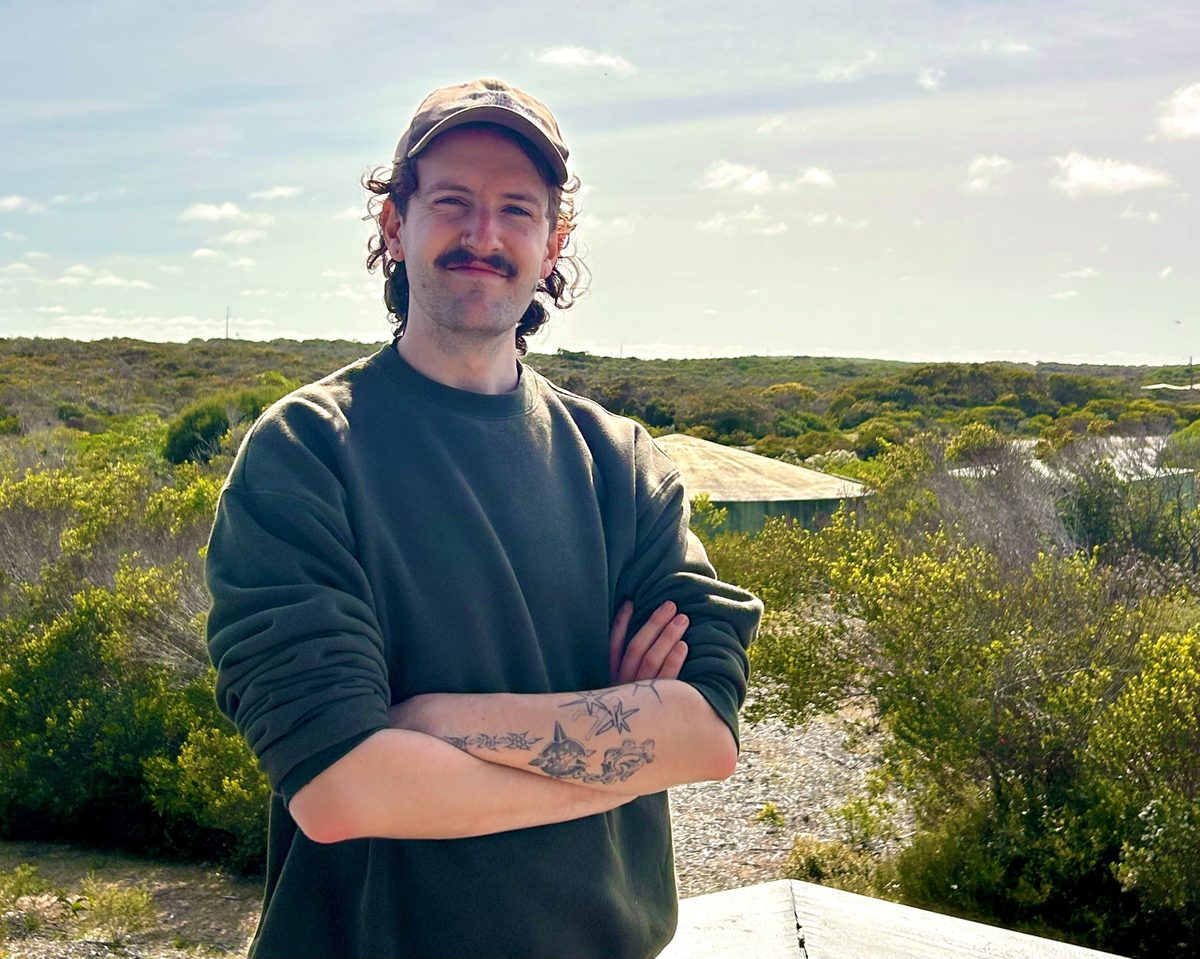Nuriootpa students track water health in citizen science program
Waterwatch, a schools-based citizen science program that involves hands-on water quality testing, has officially begun with Nuriootpa High School students involved in the first monitoring session for the flow season.
Nuriootpa High School teacher Ebony Deoliveira said the hands-on learning opportunity helped children gain a clearer understanding of biodiversity and nature.
“The Waterwatch program has brought many benefits for our students including understanding the natural biodiversity and also building the scientific skills to monitor the health of these water bodies,” she said.
“Partnering with the Northern and Yorke Landscape Board has not only supported the students’ learning but also provided a professional learning experience for me – I have learnt so much about the native species in this area along the way.”

Students involved in Waterwatch collect and record important data at nearby monitoring sites on the third week of each month, from May to November each year.
Along with Nuriootpa High School, four other schools in the Mid North are involved in the project, including Clare High School, Clare Primary School and St Joseph’s Primary School Clare.
Students and teachers have received equipment and training to ensure accurate data, as well as ongoing support to continue data-recording independently and confidently.
Data is then entered into the National Waterbug Database, via the SA Flora and Fauna Data Dashboard.
Northern and Yorke Landscape Board’s Community Engagement Officer Liz Ninnes said the data is vital to regional water management.
“The great thing about this program is just how much information it will give us to help understand and protect our local ecosystem. The data we collect with the Waterwatch program plays a big role in helping us understand how our waterways are tracking over time,” she said.
“By looking at things like water quality, flow, and the types of waterbugs we find, we can get a really clear picture of the overall health of our local freshwater ecosystems. That kind of knowledge is essential if we want to protect and manage these important environments into the future.”
The data is used to track trends in waterway health and provide support in reference to evaluating Water Allocation Plans and Environmental Management Systems (EMS) on properties.
It will also provide a clearer understanding of water quality and quantity over the region, which is essential to protect and preserve our local freshwater ecosystem.
Find more information about Waterwatch.


